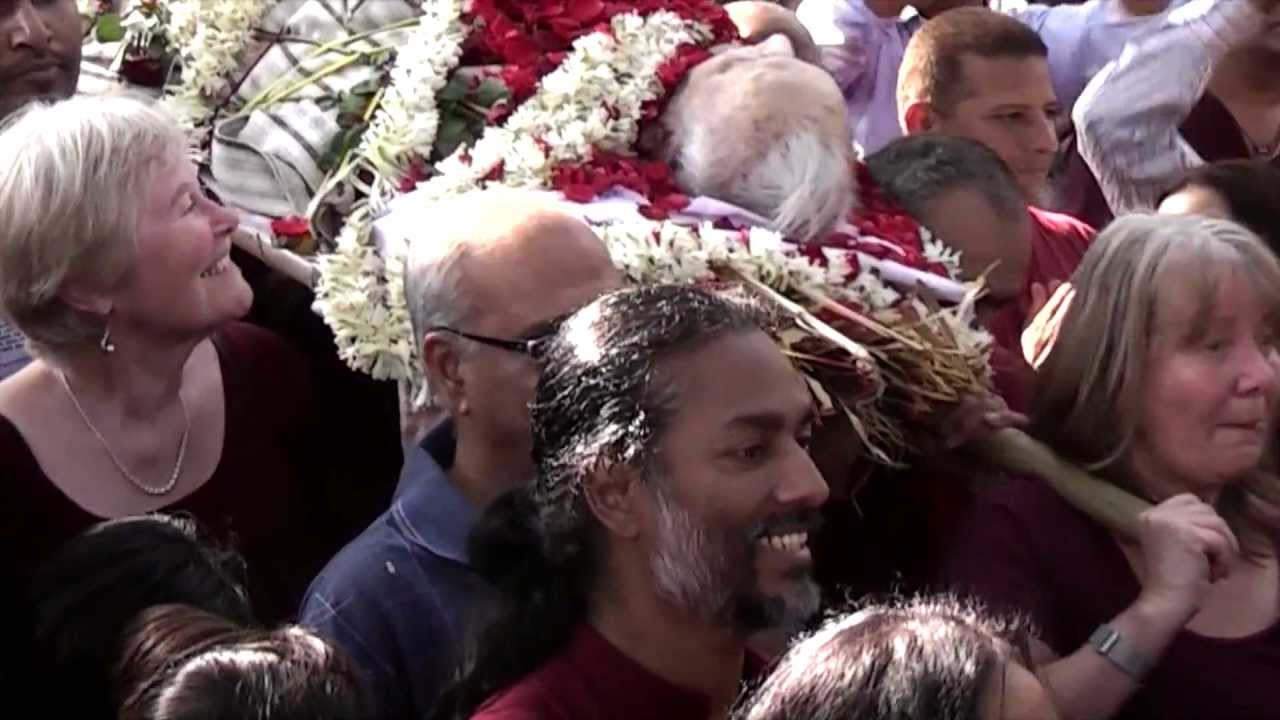Have you ever tried thinking about your impending demise?
If no, give it a try. Buddhist monks often contemplate the photos of corpses in various stages of decay. The Buddha himself recommended corpse meditation.
This is a paradox. The meditation on death is intended as a key to better living. It makes disciples aware of the transitory nature of their own physical existence and stimulates a realignment between momentary desires and existential goals.
This observation makes you think,“Am I making the right use of my scarce and precious life?”
In a 2004 article in the journal Science, a team of scholars, including the Nobel Prize winner Daniel Kahneman, surveyed a group of women to compare how much satisfaction they derived from their daily activities. Happyho also provide best tarot reading services in Noida and Delhi NCR India area.
Surprisingly these women reported deriving more satisfaction from prayer, worship and meditation than from watching television. Yet the average respondent spent more than five times as much time watching TV as engaging in spiritual activities.
Obviously and clearly this study understates the misalignment problem. This misalignment leads to ennui and regret. the emotions that make you feel less and less happy vlog.
The secret is not simply a resolution to stop wasting time, however. It is to find a systematic way to raise the scarcity of time to our consciousness.
Even if contemplating a corpse is a bit too much, you can still practice some of the Buddha’s wisdom.
There are many creative ways to practice this test. For example, if you plan a summer vacation, consider what would you do for a week or two if this were your last opportunity. With whom would you reconnect and spend some time? Would you settle your soul on a silent retreat, or instead spend the time drunk?
Will cultivating awareness of the scarcity of your time make you grim and serious? Not at all. In fact, there is some evidence that contemplating death makes you funnier.
Two scholars in 2013 published an academic paper detailing research in which they subliminally primed people to think about either death or pain, and then asked them to caption cartoons. Outside raters found the death-primed participants’ captions to be funnier.





